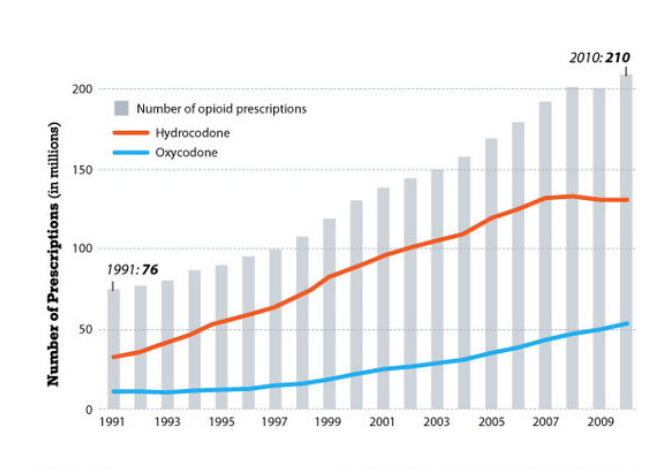
Independency through a new business model.
To design and develop a go-to-market strategy for pupil diagnostic device with enhanced usability.
Self-sufficient children's hospital.
Context
This is a project conceived by the physicians, scientists, and engineers at the Sheikh Zayed Institute (SZI) for Pediatric Innovation at the Children’s National Medical Center (CNMC), USA. Our project team, consisting of business designers from Aalto University and business professionals from American University, supported the client’s product development team to create a go-to-market strategy for a smartphone-based pupil diagnostic device with enhanced usability.
The three main interests defined by SZI were market, technology and design research, and in our process these were treated in relation to each other.
Project goal
For SZI the main goal was to increase self-sufficiency through in-house developed user friendly medical devices, be less dependent on donations and be able to steer the hospital as they wanted.
From a business design perspective the main task was to define potential and future markets for the product and to provide the hospital a clear go-to-market strategy. This meant that we had to understand the device and potential market niches. We needed to define who the end users of the medical device could be, and stakeholders involved in the project. We wanted to understand the market landscape and potential competitors in this area.
In short, our goal was to support the original development team and researchers, help them target the right market and so enhance and tailor the user experience for maximum impact.
Process
The project consists of three main phases. The first of which was preliminary studies in design and market that included benchmarking, data acquisition and field research at the SZI hospital and eye clinic. We divided the market research into three main segments that could benefit from static and dynamic measuring of pupil responses; opioids, traumatic brain injury and diabetes. In addition we did a brief introduction to other possible markets, e.g. sports.
The second phase was to define the target market and to draw out guidelines for concept design based on the specified user segment. This part included fast prototyping and testing of both the physical design and the market assumptions. We had a user testing workshop at the hospital to collect feedback from potential users and medical experts. Here specific target market, market landscape and how to infiltrate the market was researched.
In phase three we did iterations on the design and go-to-market strategy and formed a preliminary go-to-market strategy for a market chosen in phase one. Detailed use cases were made and proposals for the future integrations including potential directions of business growth and for product lines were presented to the client with positive response.
The project group was led by the client and named university partners. Otherwise the project structure was flat. Communication over time zones was facilitated with weekly video meetings and additional meetings according to agreement and e-mail chains. Both of the project teams travelled to meet each other. The kick-off in Finland helped to personalize the future digital communication and increased the understanding.
Below: Pictures and statistics from the project.
Right top corner: Diagram from National Institutes of Health, Institute on Drug Abuse, Centers for Disease Control and Prevention, livescience.com






Key takeaways
The project team provided a target market entry plan supported by feedback from the people in key market segments. The business analysis was a visual presentation including the Osterwalder business model canvas, value proposition canvas, stakeholder map and customer segment definition. Combining data from market analysis and data provided by the client, we defined the possible business scenarios and tested them in the hospital, in line with both Design Thinking and Business processes.
In our research we also got a thorough understanding of opioids and TBI (Traumatic Brain Injury). The client provided us their professional knowledge of medical markets and devices. We also dived into literature, media and interviews to approach the topic from as many angles as possible. This project made me see challenges that I had never thought of, gave an opportunity to talk with the top professionals and to better understand the market for medical technology. It was a lot of fun to be part of this project team and learn with and from the people involved.